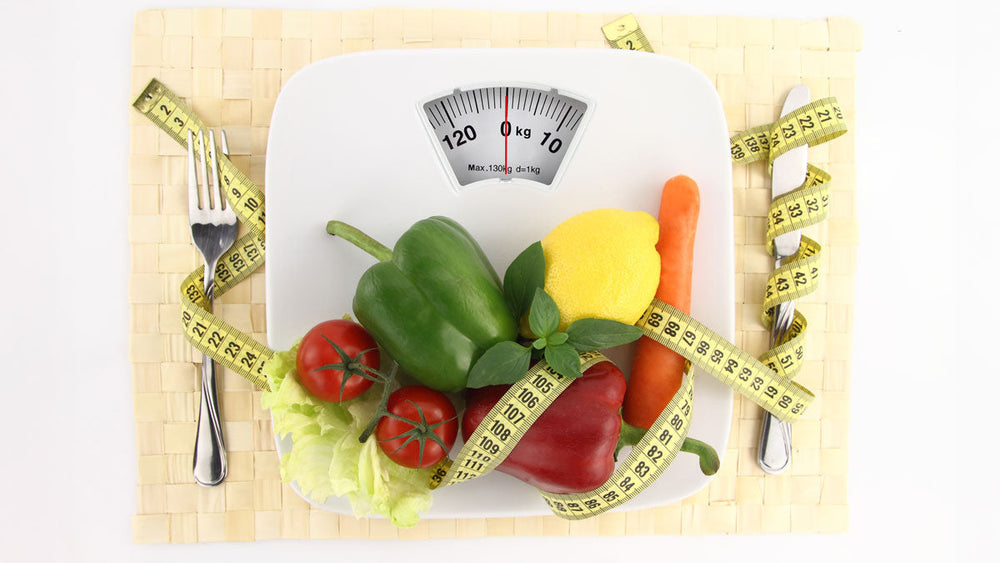The supplement industry is a multi-billion dollar industry.
So you’ve probably seen plenty of ads saying how much you need supplements for vitamin C, vitamin D, a multivitamin, etc.
But do you really?
Is taking vitamins and other supplements the way to optimal health?
Maybe. But maybe not.
According to the National Institute for Health (NIH), a 2017–2018 National Health and Nutrition Examination Survey (NHANES) found that multivitamins with minerals (MVMs) were the most commonly consumed supplement. Women are more likely and willing to supplement their diets with MVMs, but men are also regularly consuming vitamins. Use rates by sex and age are:
|
Men |
Women |
|
|
Age 19-30 |
19.5% |
26.1% |
|
Age 31-50 |
25.1% |
33% |
|
Age 51-70 |
34.5% |
36.2% |
|
Age 71+ |
40.9% |
44% |
There are plenty of diseases caused by a lack of nutrients, and supplementation is necessary to heal. But diseases like scurvy (caused by lack of Vitamin C) and rickets (caused by lack of Vitamin D) are rare in the United States.
Yet there are some common conditions where vitamins and supplements are necessary:
- Pregnancy: Folate, a B vitamin, is necessary for prenatal health and can decrease the risk of a baby being born with spina bifida or anencephaly. Since over 50% of pregnancies in the US are unplanned, the Centers for Disease Control recommends a prenatal vitamin for all women of childbearing age.
- Malabsorption Conditions: Conditions that interfere with normal digestion can also interfere with vitamin absorption. For those of us who live with celiac disease, ulcerative colitis, or cystic fibrosis, supplementation might be necessary.
- Certain medications can deplete vitamin stores of magnesium, potassium, and calcium. Proton pump inhibitors can prevent the absorption of B12 as well as calcium and magnesium.
But what about the average person eating a varied diet?
Should that person take a multivitamin? More often than not, no. The most important thing to remember is that no pill, supplement, or vitamin can replace a healthy diet. A vitamin might fill in the holes of missing nutrients, but a pill cannot replace the flavor, texture, fiber, or calories that the foods making up a healthy and balanced diet offer.
Some tips on increasing your nutrient intake:
- Add a vegetable to your breakfast. If we are aiming for 3-5 servings of vegetables a day, it might prove challenging to fit them all in at lunch and dinner. Add peppers to your scrambled eggs, add spinach to a smoothie, or try mixing some pumpkin into your oatmeal.
- Choose fruits or vegetables for your snacks. Spend one hour a week washing and prepping your fruits and vegetables so they are ready to grab when you’re hungry.
- Up your calcium intake by making a smoothie with milk or nut milk.
- Add variety to your shopping! If you bought strawberries and peppers last week, pick out apples and squash this week.
- Different colors provide different nutrients! Eat a rainbow of colors throughout the week.
- U.S. Department of Health and Human Services. (n.d.). Office of dietary supplements - multivitamin/mineral supplements. NIH Office of Dietary Supplements. Retrieved November 15, 2022.
- Centers for Disease Control and Prevention. (2022, June 28). Folic acid recommendations. Centers for Disease Control and Prevention. Retrieved November 15, 2022.




















Comments
Join The Conversation...